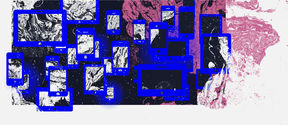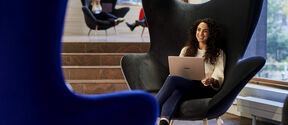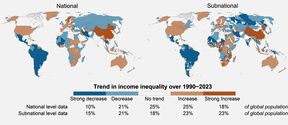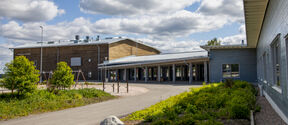General writing guidelines for articles in English
How to write and edit English-language press releases and news.
The newsworthiness of research is not assessed using the same criteria as its academic quality. It is not worth writing to the media about a subject that is understandable only to the research community.
Typically, we do media work on research results on the threshold of publication, sometimes also on new projects and significant new funding. Various milestones in the process of commercialising research results can also be pitched to journalists.
We have many tools for doing media work. For example, we can tip off selected journalists about interesting topics, send a media release to a wider group of journalists, or invite media representatives to campus to discuss with our researchers. Sometimes a well-timed social media post is better than an in-depth story; in other situations, we can approach the topic in the form of a personal interview. In addition, research is presented to journalists and others at Aalto events and exhibitions, see for example Cooler Planet.

How to write and edit English-language press releases and news.

Brush up on your news writing in English to catch the readers’ attention.

Ourblogs.aalto.fi site hosts the blogs written by members of Aalto University: faculty, staff and students. Visiting bloggers are invited by Aalto community members.
On this page, we have compiled tips to help you prepare for an interview with a journalist.

Photography Online Course for Scientists (POCS) consists of tutorial videos, assignments, quizzes and designed for independent learning. The course developed with support of Aalto Online Learning by professional photography trainer Tiina Puputti and course producer Valeria Azovskaya



